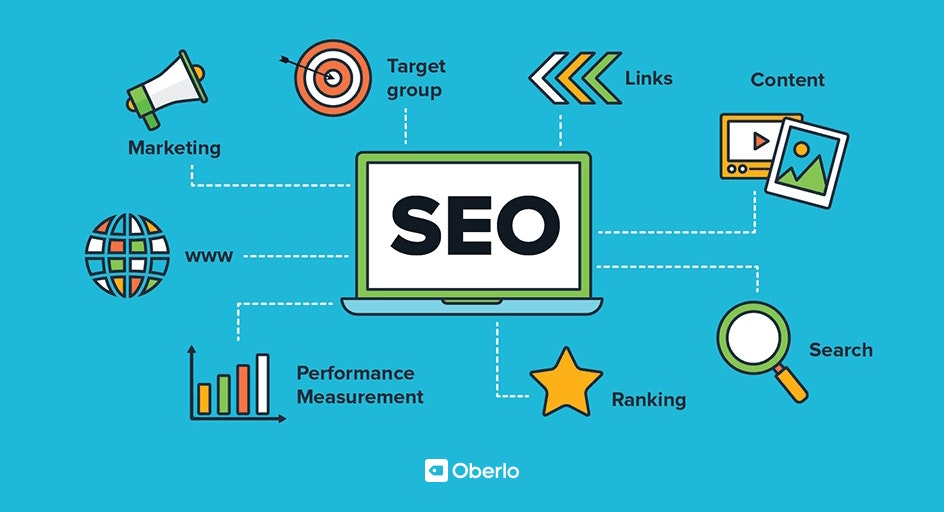How to Write Self-SEO Articles: Tips and Tricks for Boosting Your Online Presence
Are you struggling to get your website or blog noticed by search engines? Do you want to learn how to write articles that will attract more traffic to your site? If so, then you need to start focusing on self-SEO articles.
Self-SEO, or self-search engine optimization, is the practice of optimizing your own website or blog content for search engines. This means writing articles that use relevant keywords, have high-quality content, and are well-structured.
In this article, we will guide you through the process of writing self-SEO articles. By following these tips and tricks, you can improve your online presence and attract more traffic to your site.
Start with Keyword Research
The first step in writing a self-SEO article is to conduct keyword research. This involves identifying the words and phrases that people are using to search for information related to your topic.
There are many tools available to help you conduct keyword research. Google's Keyword Planner is a popular option, but you can also use other tools like SEMRush or Ahrefs.
Once you have identified your target keywords, you can start incorporating them into your article. But be careful not to overdo it. Keyword stuffing can actually harm your SEO efforts, so make sure that your content reads naturally.
Write Quality Content
The most important factor in self-SEO is quality content. Google and other search engines are looking for content that is relevant, informative, and engaging. If your content meets these criteria, then it is more likely to be ranked higher in search results.
When writing your self-SEO article, make sure that you are providing value to your readers. Use examples, statistics, and other data to support your points. Make your content easy to read and understand by breaking it up into sections and using headings.
Use Meta Tags
Meta tags are snippets of code that provide information about your webpage to search engines. They include the title tag, meta description, and meta keywords.
The title tag is the title of your webpage that appears in search engine results. It should include your target keyword and be no longer than 60 characters.
The meta description is a short description of your webpage that appears in search engine results. It should be no longer than 155 characters and include your target keyword.
The meta keywords tag is a list of keywords that are relevant to your webpage. However, this tag is not as important as it used to be, and some search engines don't even use it anymore.
Optimize Your Images
Images can also help improve your SEO efforts. When you include images in your self-SEO article, make sure that they are optimized for search engines.
This means that you should use descriptive file names and alt tags. The file name should include your target keyword, and the alt tag should describe the image using your target keyword.
Build Backlinks
Backlinks are links from other websites to your own. They are an important factor in SEO because they signal to search engines that other websites consider your content to be valuable.
One way to build backlinks is to guest post on other websites. You can also reach out to other bloggers and ask them to link to your content.
Promote Your Content
Finally, you need to promote your self-SEO article. Share it on social media, send it to your email list, and encourage others to share it as well.
The more exposure your content gets, the more likely it is to be shared and linked to by other websites.
In conclusion, writing self-SEO articles can help improve your online presence and attract more traffic to your site. By following these tips and tricks, you can create high-quality content that ranks well in search engine results and builds your credibility with your audience. So start optimizing your content today and watch your online presence grow!
Labels: blogging, Interesting, Technology


0 Comments:
Post a Comment
Subscribe to Post Comments [Atom]
<< Home